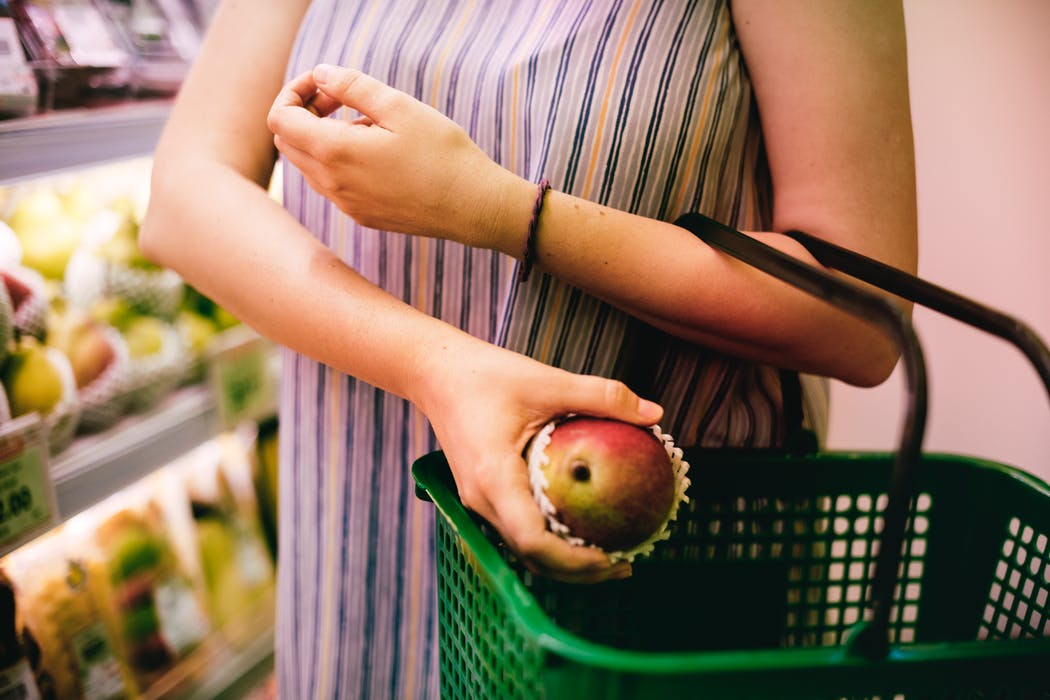Survey Says: 80 Percent of Shoppers Prefer Independent Stores to Online
Photo by Pexels
Source: For Presence Marketing Newsletter, March 2018
Author: Steven Hoffman
Independent grocers remain well positioned to compete with larger chains and online grocery alternatives in today’s price sensitive retail environment, according to the 2018 National Grocery Shoppers Survey conducted by the National Grocers Association (NGA).
According to the survey published in February 2018, 64 percent of independent shoppers are very or extremely satisfied with their local supermarket, and 80 percent of shoppers prefer their local store to an online alternative. Additionally, independent grocers are strongly associated with friendly employees, quality meats and produce, and easy-to-navigate layout, NGA reported.
“There’s no doubt that the supermarket industry is rapidly changing, either because of the growth of e-commerce or the explosion of new formats, along with shifting consumer trends. However, independent grocers are nimble enough to quickly overcome obstacles and with strong ties to their communities, they know what consumers want and need,” said Peter Larkin, president and CEO of NGA in a release.
The National Survey of Grocery Shoppers was conducted online within the U.S. by The Harris Poll on behalf of NGA among 3,008 adults, 18 and over between November 13 and December 8, 2017, using a sample from The Harris Poll Panel who self identified themselves as independent shoppers. Additional analytics were derived from Nielsen’s panel-based Independent Grocer shopper database of 44,000 consumers. Loyal independent shoppers are those that spend 50% or more of their reported shopping at an independent grocery store.
“In today’s omni-channel retail environment, independent grocers maintain a unique and strong connection with their shoppers,” said Jeanne Danubio, EVP of Retail Lead Markets at Nielsen. “Complementing the findings of this year’s survey, Nielsen’s new independent buyer group panel data shows that a loyal independent grocery shopper spends more than 40% more in grocery than the average shopper. It will be critical for independent grocers to maintain the quality and personal connections that keep these valuable consumers coming back to the independent store,” Danubio added.
“While there has always been an element of whistling-past-the-graveyard reverence to industry pronouncements about independents, it will always be true that a strong, well-run, well-merchandised and technically savvy local operator can effectively compete with big chains and online giants. Supermarket chains and online merchants may seek to replicate personalization using their loyalty program data and algorithms, but independent grocers offer the real thing,” note the editors of Food Dive.
Among the survey’s key findings:
E-Commerce: Of those who shop for groceries online, 68 percent do it in addition to shopping in stores, with 75 percent of their purchases made at the store. NGA said convenience is the main impetus for shopping for groceries online, while the biggest obstacles to online grocery shopping are the consumers' need to see the actual physical items and their concerns about freshness. In addition, only 11 percent of those surveyed shop online, and they prefer home delivery to store pickup by a wide margin, 76 percent to 39 percent. Of products bought online, packaged food products are the most commonly purchased. General merchandise and health and beauty care items rank second, followed by cleaning products. Also, 27 percent of shoppers surveyed said they would increase their online grocery shopping over the next five years.
Health and Wellness: According to the NGA survey, 63 percent of independent grocery shoppers expect grocery stores to support their healthier lifestyles, and provide more help with cooking instructions, reading nutritional labels, and guidance on foods with good nutritional value. When considering where to shop, these shoppers value low prices, quality meats and produce, friendly staff, cleanliness, and locally grown produce. Shoppers were almost split on where healthy foods should be displayed, with 58 percent saying that healthy food alternatives should be shelved alongside other food items, compared to 42 percent who think healthy food should be in its own section, separate from main aisles.
Areas Shoppers Value Most: When considering where to shop for groceries, independent shoppers value low prices, quality meats and produce, friendly staff, cleanliness, and offering locally grown produce and other packaged goods. Almost 7 in 10 shoppers (67%) have no plans to switch from their independent store.
Areas of Needed Improvement: The survey noted that independent supermarket operators need to upgrade their technology offerings, including improving their website usability, with consistent pricing online and offline, the same products online and in-store, and providing an easy-to-use smart phone app.

